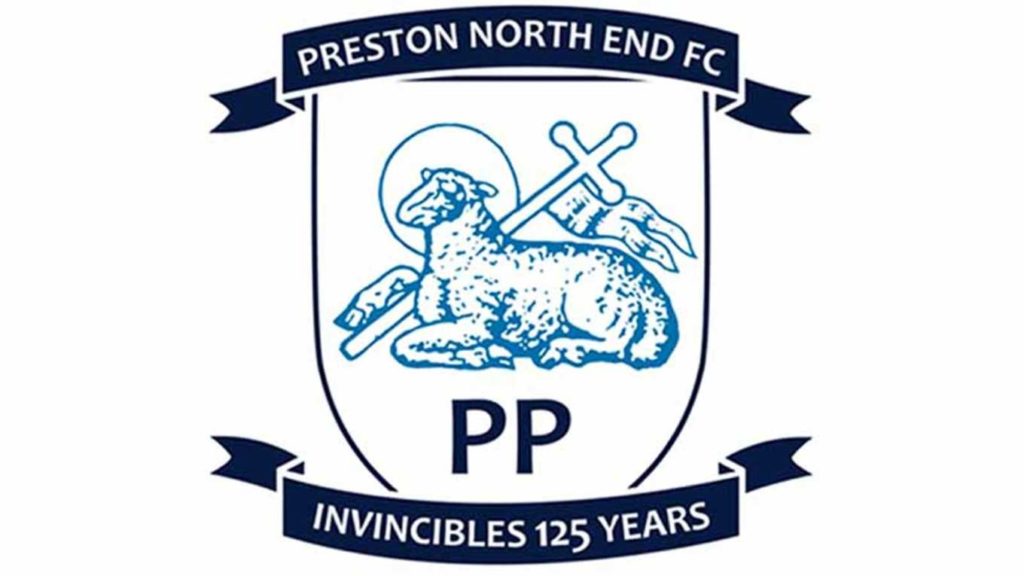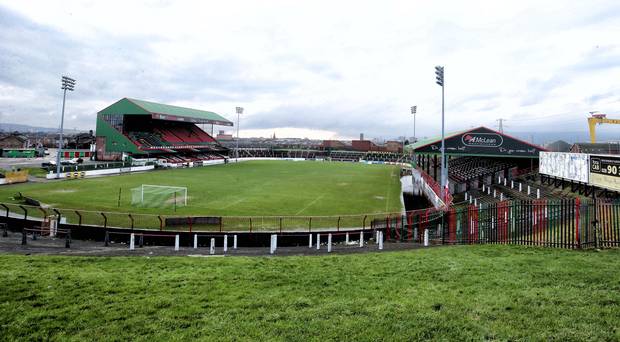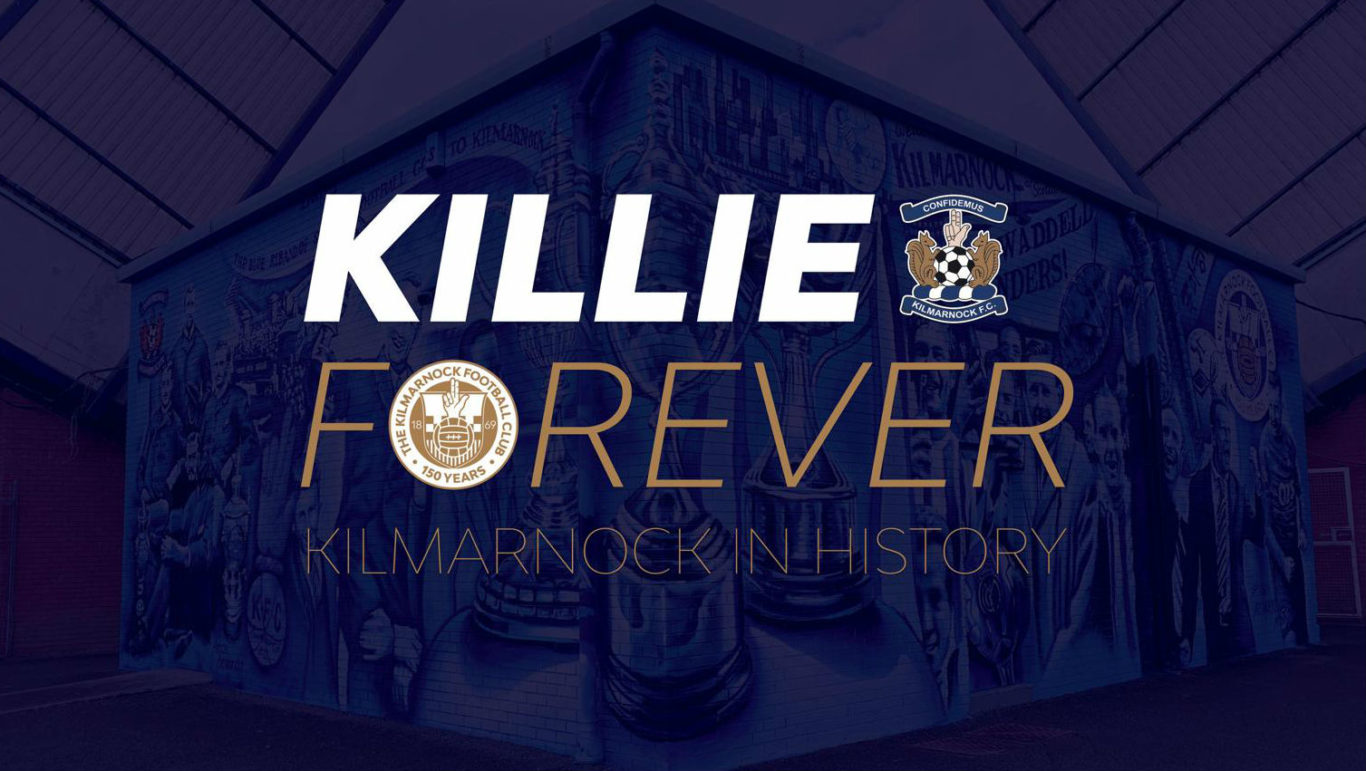Kilmarnock in History: Old league alliances
Welcome to the fourth installment of our Kilmarnock In History series, by club historian John Livingston.
PART FOUR
In 1886-87, no silverware was won by Kilmarnock, although they did reach the Final of the Kilmarnock Charity Cup, but after 3-3 and 1-1 draws with Ayr F.C, the Charity Cup committee inexplicably decided to play the 2nd Replay at Beresford Park in Ayr, the home ground of Ayr Parkhouse.
Kilmarnock refused, and the committee awarded the Cup to Ayr F.C.
Kilmarnock also reached the Quarter-Finals of the Scottish F.A. Cup for the first ever time in 1886-87. It proved to be a unique occasion as well, as it was played on Christmas Day – the only ever occasion the club has played a Scottish F.A. Cup tie on that date. It ended in a 5-0 defeat to Queen’s Park at Rugby Park.
Kilmarnock enjoyed a better campaign in 1887-88, and in the month of March, inside forward John McPherson was in the Scotland team that beat Wales 5-1 at Easter Road. The club also won the Ayr Charity Cup for the first time, thrashing Ayr F.C. 5-1 in the Final at Somerset Park.

On 1st May 1888, they beat Preston North End 4-1 in a friendly game at Rugby Park. The magnitude of this win by Kilmarnock over the well-respected Lancashire club became more apparent a year later, when the majority of that Preston North End team went on to win the inaugural Football League title and also the F.A. Cup – “the double” – a feat that was not to be repeated in the English game until 72 years later, when Tottenham Hotspur did it in 1960-61.
The season ended disappointingly though, after another disagreement with the organising committee of the Kilmarnock Charity Cup. They had reached the Final against Hurlford, but refused to play the game just five days after beating Kilmarnock Thistle in a semi-Final replay, and the Cup was awarded to Hurlford.
The success of the professional Football League down south was beginning to cause concern. Many Scottish players, including some from Kilmarnock, were enticed to join English clubs who could offer payment for playing as well as work in the cotton mills or mining communities.
A number of Scottish clubs from areas such as Glasgow, Paisley, Edinburgh and Dunbartonshire had also turned professional, and in a bid to stop the drain of talent, were seriously considering forming a League competition on similar lines to the one down south.
However, Scotland’s oldest club Queen’s Park, as well as Kilmarnock, remained aloof from such thoughts as they were still amateur, and averse to professionalism.
While no success had been enjoyed by the first team, the Kilmarnock Reserves team did well to win the Ayrshire Second Eleven Cup in 1889-90, beating Kilmarnock South-Western 7-0 in the Final at Station Park, Hurlford.
The Scottish League was finally formed in 1890, but alas, due to their allegiance to amateur status with Queen’s Park, Kilmarnock F.C. was not cordially invited to join.
A record score was achieved by Kilmarnock in an Ayrshire Cup 2nd Round tie at New Cumnock on Saturday, 22nd November, 1890 when they beat Lanemark 15-0. They went on to win the Cup, beating Hurlford 7-1 in the Final at Holm Quarry in February 1891. The following month, James “Bummer” Campbell became the third Kilmarnock player to represent Scotland, when he played against Ireland in a 2-1 win at Celtic Park.
Although they had not been invited to join the Scottish League, Kilmarnock decided to join the new Scottish Alliance League for the 1891-92 campaign, and in their opening fixture on Saturday, 15thAugust 1891, enjoyed a 5-1 home win over Thistle (Glasgow). The club were doing well in this first venture into league football, and in March 1892 this was acknowledged when three players represented Scotland.
David McPherson played in a 3-2 win over Ireland in Belfast and the following Saturday both James Orr and James “Bummer” Campbell were in the team that beat Wales 6-1 at Tynecastle Park – the first time the club had two players “capped” in the same game.
The season drew to a close with Kilmarnock finishing as runners-up to Linthouse in the Scottish Alliance League, and thanks to a 2-1 win over Hurlford in the Final of the Kilmarnock Charity Cup, they had a piece of silverware to show for their efforts.

The Oval in Belfast.
On Christmas Eve 1892, Kilmarnock F.C. played their first ever game in Ireland, when they drew 1-1 with Glentoran in a game to celebrate the official opening of the Irish club’s new ground, The Oval, which had been donated to them by the Lord Mayor of Belfast.
Some five weeks later though, Kilmarnock suffered their worst ever defeat in the Scottish F.A. Cup when Queen’s Park trounced them 8-0 at Rugby Park in a 2nd Round tie. The Spiders went on to win the Cup that season for the 10th time in 20 years.
Whilst the first team was having an indifferent season, the reserve team won the Ayrshire 2nd Eleven Cup with a 4-1 win over Hurlford reserves in the Final. The first team went on to finish the season in a disappointing 9th place out of 10 clubs in the Scottish Alliance League, and a decision was made to leave the Alliance League and join the new Ayrshire Combination which was due to start in 1893-94.
During the summer months, the thriving Scottish League announced it would be creating a Division 2, with a good number of the clubs invited to join it from the Scottish Alliance League, ironically, the league Kilmarnock had just decided to leave.
On Saturday, 24th March 1894, Rugby Park was the surprising choice of venue for the full International game between Scotland and Wales, and it ended in a 5-2 win for Scotland before a record 12,000 crowd. Kilmarnock wing half Jocky Johnstone was in the Scotland line-up.
At the end of the 1893-94 campaign, the club had a poor finishing place of 5th in the seven-club Ayrshire Combination.
This disappointment, allied with the continuing loss of many players to clubs in England and clubs in the Scottish League, saw the Kilmarnock F.C. committee re-think their policy of remaining amateur along with their friends and mentors, Queen’s Park, and the decision was taken to turn professional.




